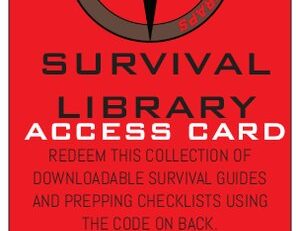How to Purify Drinking Water
In our everyday lives, we don’t often give the purity of our drinking water a second thought. We just blindly assume the water from the tap is safe, and we have even more confidence in the bottled water we buy from the store.
But in an emergency situation like a natural disaster, or being out in the woods without access to pure water, the cleanliness of our drinking water takes on a heightened importance. As ingesting water from a source that harbors dangerous pathogens and/or heavy chemicals can bring on rapid sickness that can lead to death, knowing how to purify water is an absolutely essential skill that everyone should have.
Methods for Purifying Water
So if you’re on a hike or lost outdoors, or in an urban environment where flooding/water main break has contaminated the water supply, you shouldn’t trust any water source that wasn’t already prepackaged. But you’ll only survive a few days at most without water, so you’ll have to drink eventually. In the meantime, here are several ways you can purify your drinking water.
- Boiling – This is by far the safest way to ensure the water you’re drinking is free of harmful bacteria. Although water reaches a boil at 212 degrees, it’s been said that you can kill any bacteria at just 158 degrees. To be safe, bring the water source to a boil and let boil roll for at least 2-3 minutes. There may still be sediment or particulates in the water depending on the source, but at least you’ll know it’s free of potentially deadly pathogens. Use a cup, canteen, bottle, or any container you have around for the task. It also helps to have some sort of fire-starting implement on hand to speed up the boiling process.
- Purification via pumps and/or filters – You can find all kinds of pumps and filters at sporting goods and camping stores. So if you happen to have a store-bought filter with you, you’re in luck. These work by forcing the non-potable (undrinkable) water through filters of either charcoal or ceramic, and also treating the water with chemicals. Even if you don’t have a ready–made filter, you can use some of the key elements to partially purify your water in a pinch. Filtering water through regular charcoal, for example, is excellent for removing particulates. A regular coffee filter works well also. But you’ll still need to boil the water to ensure no bacteria is present.
- Purification drops/tablets – This method uses chemicals such as iodine 2% and potassium permanganate added to the water in drops or tablets to purify it. After treating the water this way, be sure to give the chemical at least 20 minutes to work. Yes, the water will taste bad, but it will be safe to drink.
- Evaporation – What you’re trying to do here is get the water source to evaporate, which leaves the bad stuff behind, and then capture the evaporated drops somehow. One way to do it is wrap plastic around a branch or living greenery, and then collect and drink the condensation. Or you could create a still and capture a few evaporated drops, but either way the amount is really insignificant. So employ this method only in the most dire emergencies.
- UV Light – Did you know that UV light can kill bacteria? If you have a clear, plastic bottle on hand, fill it up with water and set it out in the sun for about five hours, double that time if it’s cloudy or overcast that day. It’s not the most optimal method, but it’ll work when you can’t boil the water.
Lastly, whatever you do, don’t drink your own urine or any salt-water like that found in an ocean or lake. The salt will bring on dehydration much faster than if you weren’t drinking anything at all, and it will kill you in short order. And if you absolutely must drink untreated water, try to locate a clear, running stream to sip from until an alternative source can be found.
















